FTC Issues Refreshed Made in USA Guidance
On July 2, 2024, the Federal Trade Commission announced a “refreshed version” of the agency’s Complying with the Made in USA Standard guidance document. The refreshed guidance document includes, without limitation, updated information about how consumers understand Made in USA claims, how FTC attorneys evaluate advertisements, and how the laws and rules the FTC enforces interact with those enforced by other agencies.
Some important takeaways:
- Consumer expectations control. The Federal Trade Commission’s job is to ensure that marketers’ claims align with consumer expectations. According to the FTC, when consumers see Made in USA claims, they expect advertised products to be “all, or virtually all,” made in the United States. All the way back to raw materials. If that is not accurate, or a marketer is uncertain, a different representation should be made as long as it can be lawfully substantiated.
- Just because components or ingredients are purchased from a U.S. supplier, those components are not necessarily made in the USA.
- Imported products have different rules. If a product is imported, look to U.S. Customs and Border Protection for information on how to label it, and ensure that advertisements are consistent with the labels.
- The Made in USA Labeling Rule applies to labels on products that make unqualified Made in USA claims. It also applies to any online or other mail order marketing materials that include a seal, mark, tag, or stamp labeling a product Made in USA.
- The Made in USA Policy Statement applies to express and implied U.S. origin claims that appear on products and labeling, advertising, and other promotional materials. It also applies to all other forms of marketing, including marketing through digital or electronic mechanisms, such as Internet, email, or social media.
- Ordinarily, the FTC will not consider a manufacturer or marketer’s use of an American brand name or trademark by itself as a U.S. origin claim. Similarly, the FTC is not likely to interpret the mere listing of a company’s U.S. address on a package label in a non-prominent way as a claim of U.S. origin or as a Made in USA label.
- Manufacturers and marketers should not indicate, either expressly or implicitly, that a whole product line is of U.S. origin when only some products in the product line are made in the U.S. according to the “all or virtually all” standard.
- The standard for a product to be called Made in USA or claimed to be of domestic origin without qualification or limits on the claim is the product must be “all or virtually all” made in the U.S. “All or virtually all” means that the final assembly or processing of the product occurs in the United States, all significant processing that goes into the product occurs in the United States, and all or virtually all ingredients or components of the product are made and sourced in the United States. That is, the product should contain no — or negligible — foreign content.
- When a manufacturer or marketer makes an unqualified claim that a product is Made in USA, it must have — and must rely on — a “reasonable basis” to support the claim. This means a manufacturer or marketer needs competent and reliable evidence to back up the claim that its product is “all or virtually all” made in the U.S. Companies have an ongoing obligation to review their claims and substantiation to make sure they remain accurate. If something changes and the company no longer has a reasonable basis to support its Made in USA claim (e.g., the company begins sourcing parts overseas), the company must update its marketing materials.
- The FTC considers various factors when determining whether a product is “all or virtually all” made in the U.S. The product’s final assembly or processing must take place in the U.S. The FTC then considers other factors, including how much of the product’s total manufacturing costs can be assigned to U.S. parts and processing, how far removed any foreign content is from the finished product, and the importance of the foreign content to the product’s form or function. Costs may not tell the entire story. For example and without limitation, in some instances only a small portion of the total manufacturing costs are attributable to foreign processing, but that processing represents a significant amount of the product’s overall processing
- When analyzing the percentage of domestic content in a particular product, manufacturers and marketers should use cost of goods sold or inventory costs of finished goods in their analysis. Those costs generally are limited to the total cost of all manufacturing materials, direct manufacturing labor, and manufacturing overhead.
- Manufacturers and marketers may be able to rely on information from American suppliers about the amount of domestic content in the parts, components, and other elements they buy and use for their final products if given in good faith, and if the supplier is asked to certify specific information about the percentage of U.S. content. Assuming the input is 100% U.S.-made before a U.S. origin representation is disseminated may be a recipe for trouble.
- The updated Made in USA guidance provides guidance about how to comply with the “all or virtually all” standard. It also offers some general information about the U.S. Customs and Border Protection’s requirement that all products of foreign origin imported into the U.S. be marked with the name of the country of origin.
- A qualified Made in USA claim describes the extent, amount or type of a product’s domestic content or processing. It indicates that the product is not entirely of domestic origin. Such a claim may be appropriate for products that include U.S. content or processing, but do not meet the criteria for making an unqualified Made in USA claim. Even qualified claims may imply more domestic content than was actually used to manufacture the product, so care should be exercised utilizing such claims. Avoid qualified claims unless the product has a significant amount of U.S. content or U.S. processing. A qualified Made in USA claim must also be truthful and substantiated.
- A product that includes foreign components may be called “Assembled in USA” without qualification when its principal assembly takes place in the U.S. and the assembly is substantial. For the “assembly” claim to be valid, the product’s last “substantial transformation” also should have occurred in the U.S.
Importantly, the Tariff Act imposes the requirement that imported goods be marked with a foreign country of origin (e.g., “Made in Japan”). When an imported product incorporates materials or processing from more than one country, Customs and Border Protection considers the country of origin to be the last country in which a “substantial transformation” took place. CBP defines “substantial transformation” as a manufacturing process that results in a new and different product with a new name, character, and use that is different from that which existed before the change. CBP makes country-of-origin determinations using the “substantial transformation” test on a case-by-case basis.
Sometimes, CBP utilizes a “tariff shift” analysis, comparable to “substantial transformation,” to assess a product’s country of origin. Note, even if CBP determines that an imported product does not require a foreign country-of-origin mark, that does not necessarily mean that it is permissible to promote that product as Made in USA. The FTC considers additional factors in evaluating whether a product can be advertised or labeled as Made in USA without deceiving consumers. Manufacturers and marketers should check with CBP to see if they need to mark their products with the foreign country of origin. If they do not, they should look at the FTC’s standard to check if they can properly make a Made in USA claim. The FTC has jurisdiction over foreign origin claims on products and in packaging that are beyond the disclosures required by CBP (e.g., claims that supplement a required foreign origin marking to indicate where additional processing or finishing of a product occurred).
The FTC also has jurisdiction over foreign origin claims in advertising and other promotional materials, including online materials. Country-of-origin claims in ads or other promotional materials that differ from foreign country-of-origin mark that CBP requires on that product may mislead or confuse consumers about the product’s origin. To avoid misleading consumers, marketers should clearly disclose the foreign manufacture of a product.
Takeaway: Violations of the Made in USA Labeling Rule are potentially quite costly. Those that falsely label products as Made in USA may have to pay civil penalties or other monetary relief. Traditionally, the FTC has required that a product advertised as Made in USA be “all or virtually all” made in the U.S. In August 2021, the FTC finalized the Made in USA Labeling Rule. The Labeling Rule codified the “all or virtually all” standard for labels on products. Marketers are now subject to civil penalties if they use an unqualified Made in USA label on a product that is not “all or virtually all” made in the U.S., including in catalogs or online. Previously (1997), the FTC published an Enforcement Policy Statement on U.S. Origin Claims (the Made in USA Policy Statement) to guide marketers who want to make an unqualified Made in USA claim under the “all or virtually all” standard and those who want to make a qualified Made in USA claim.
Richard B. Newman is an FTC compliance and defense lawyer at Hinch Newman LLP.
Informational purposes only. Not legal advice. This article is not intended to and should not be construed as a complete summary or discussion of the Rule and all of its obligations and restrictions. May be considered attorney advertising.

